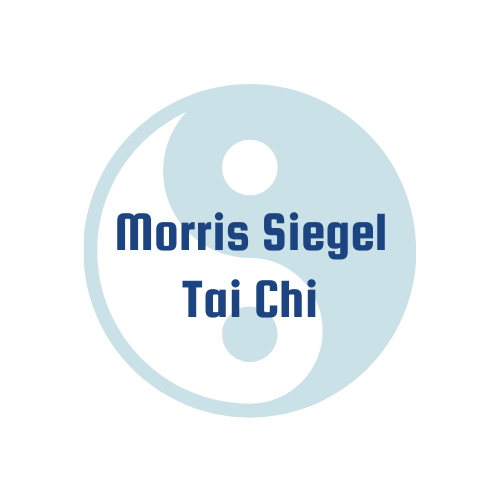
Frequently asked questions.
What is Qigong?
Qigong (chee-gung) is a term that essentially means “energy-gathering”. It is applied to exercises that are designed to improve and balance qi flow in the body. Qigong exercises can be performed while standing or sitting, and are usually done in a set of repetitions. The movements are often harnessed to deep or rhythmic breathing, and they can be very calming to the nervous system.
Morris teaches two different qigong sets as part of his teaching practice, although he personally practices at least four different sets. The two forms that he currently teaches are the 18 Qigong Shibashi and his proprietary form, the Wise Old Owl qigong, which he developed while recuperating from bilateral knee replacement in 2020.
What is Tai Chi?
Tai chi (sometimes written as tai ji) is a form of slow-moving martial art that uses a sequence of flowing movements as a form of full body exercise. It is excellent for improving balance, and studies have shown it to benefit many different health conditions, from arthritis and fibromyalgia to Parkinson’s disease to COPD, diabetes, and coronary disease. It has also been shown to improve mental function, including memory, and to improve brain density. Preliminary studies indicate that is good in preventing the onset or worsening of dementia, including Alzheimer’s disease.
The origins of tai chi go back as far as the 12th century China. It’s development is credited to Zhang Feng, and its traditions were preserved in Taoist and Buddhist monasteries. The Chen family form is considered to be the oldest of the schools of tai chi, which is still preserved and taught in the Chen Village in China.
Morris has seriously studied the Chen, Yang, and Wu forms of tai chi, as well as having met and studied under the grandmasters of all five main forms (which includes those mentioned as well as the Sun and Wu Hao forms). He currently teaches the Yang 108 long form, as well as the following competition hand forms: the 8, 16, and 24. He also teaches the following weapons forms: the Yang fan form, the Yang 18 straight sword form, and the Yang 32 straight sword form.
What should I wear for a tai chi or qigong class?
It is recommended that you wear comfortable clothing. While you will see some practitioners wearing silks or kung fu uniforms to do tai chi when you search the internet, those are often restricted to competitions or displays. A t-shirt and shorts or exercise pants works equally as well. Morris usually recommends that you wear shoes when doing tai chi, with the caveat to avoid shoes with a deep tread because they may catch on asphalt, grass, or carpeting. Tai chi movement can include sliding or turning your foot, and shoes without tread (or with little tread) make those movements a bit easier on most surfaces.
How long does it take to learn a tai chi form?
That all depends on the form, and on the time that you invest in practicing outside of class. The 8-form of tai chi can be learned in as little as 10 weeks, if you are committed to practicing the movements between classes. The Yang 108 long form can be learned in a year or perhaps a bit less, if you practice diligently at home in addition to attending regular classes.
